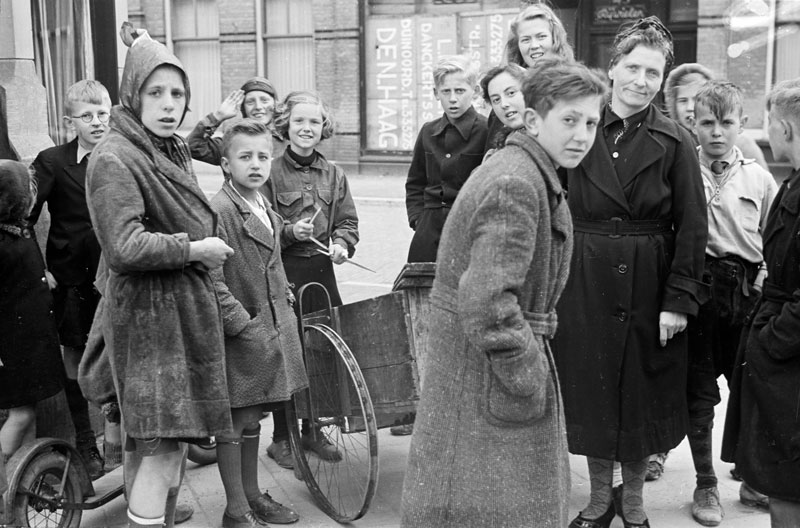
Canadian forces nearly overstayed their welcome after liberating the Netherlands in 1945
There is no doubt the Canadian liberation of the Netherlands was hailed by the Dutch. The small country had been terrorized, brutalized and starved by the Nazis for nearly five years. Their men had been shipped to Germany to work in factories, while Dutch Jews had been sent to their deaths in gas chambers.
The liberators from the First Canadian Army fought their way across the countryside and into the
cities bringing food, medicine and freedom with them. The Dutch were enormously grateful and took the troops into their homes—and hearts. They remain thankful to this day, celebrating their liberation with parades of Canadian veterans and tributes in the large Canadian cemeteries.
That is the standard story. And it’s true. But there’s more—and it’s not so rosy.
Dutch newspapers complained the Canadians had shipped food and supplies to Germany.
From May 1945 to May 1946 before their repatriation, the 170,000 Canadians based in the Netherlands went from liberators to occupiers. They were far from the brutes the Germans had been, but they weren’t perfect either. They caused problems and, despite continued efforts to improve the situation, the Canadians created several difficulties for the Dutch and their government.
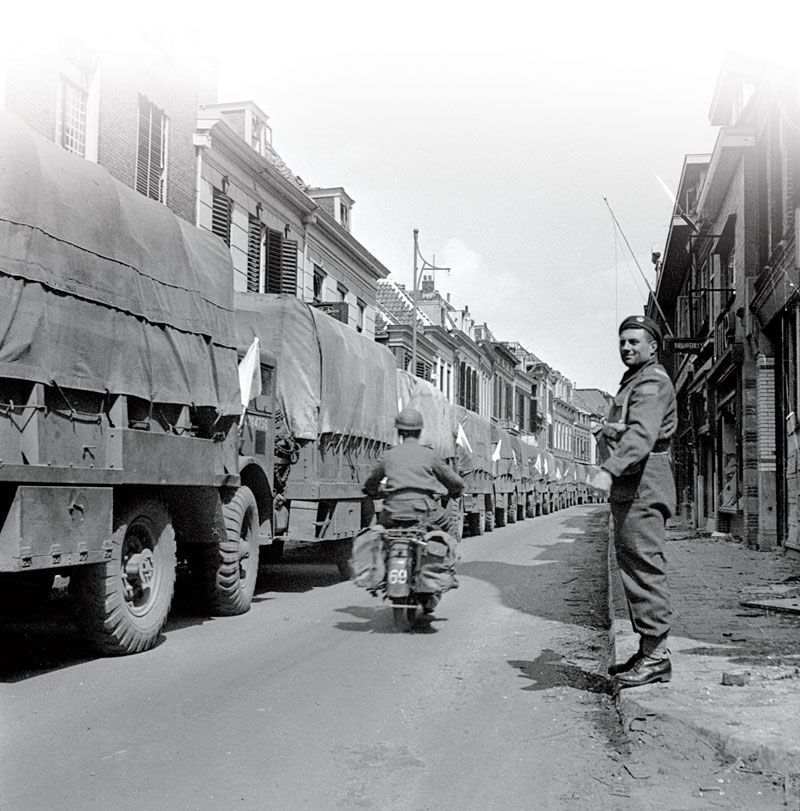
The initial tasks after VE-Day, May 8, 1945, were to ensure a ready supply of food for the Dutch and to collect, disarm and control the defeated Germans. The first job was huge, as the largest urban centres had the greatest populations and the least food. Convoys ran almost non-stop, and within several weeks, the Dutch had most of what they needed to eat. Some items were still scarce, such as butter. Other goods meanwhile, such as whisky, were simply unavailable to the Dutch, though Canadian messes had ample supply. The shortage of such goods created fertile ground for corruption.
Then there were the Germans. They were herded into vacant factories and other large buildings. To minimize problems, German senior officers remained in command of the detainees. This usually worked well, but on at least one occasion, Canadians turned over two deserters to the Germans in Amsterdam. The men were promptly tried and executed. The eight rifles and 16 rounds of ammunition used to carry out the sentence were provided by the Canadians.
The official departure of “Surrendered Enemy Personnel” began on May 25. German forces were marched in orderly formations of approximately 10,000 men by road. Canadian troops went along to hold back the Dutch. It was “obvious right from the start…” said General Bert Hoffmeister, commander of the 5th Canadian Armoured Division, “the Dutch people would have wounded a lot of them and maybe killed a few.”
Enemy troops and vehicles were occasionally subject to search during the exodus. The items retrieved included fur coats, cars, radios, horses and money. Canadian soldiers also recovered more than 15 million in Dutch currency from the Germans, some of it hidden in ambulances or carried by female auxiliary members of the German military. All of it was returned to Dutch authorities and the entire German force was home within three weeks.
While the Germans were departing, tons of foods and essential supplies continued to pour into the Netherlands. In all, the Canadians diligently reported that 242,000 tons of food, coal, petrol, stores and equipment arrived by June 22. But why was this detailed list even collected? Because Dutch newspapers complained bitterly that the Canadians had shipped food and supplies to Germany. The commander of the Canadian Forces in the Netherlands, General Harry Crerar, had to account for the precise tally and clarify that the Germans had only been permitted to take with them 450 tons of the food, fuel and stores they required for their immediate needs. But as this situation suggested, the liberators were sometimes viewed with mistrust.

The real difficulties, however, began with cigarettes. Smokes were so scarce that one could cost as much as five guilders (about C$2) on the black market. Dutch people wanted them, though, and they were willing to pay. The Canadians, even the non-smokers, had them. The Canadian government and cigarette manufacturers had co-operated to get Canadian brands to the troops, tax free. A thousand cigarettes could be purchased and mailed overseas for just $3. At the time, that bounty was usually worth about $400, more than $4,000 today.
While the cigarettes could be used as gifts for Dutch friends, they could also be traded with the desperate Dutch for goods. A decent camera might cost 500 cigarettes; jewels could be had for even fewer. Cigarettes could also be traded for sex. One soldier recalled paying for his wedding with tobacco: “eleven hundred cigarettes for the rings and photographer, and cigarettes and chocolate to settle the hotel bill.”
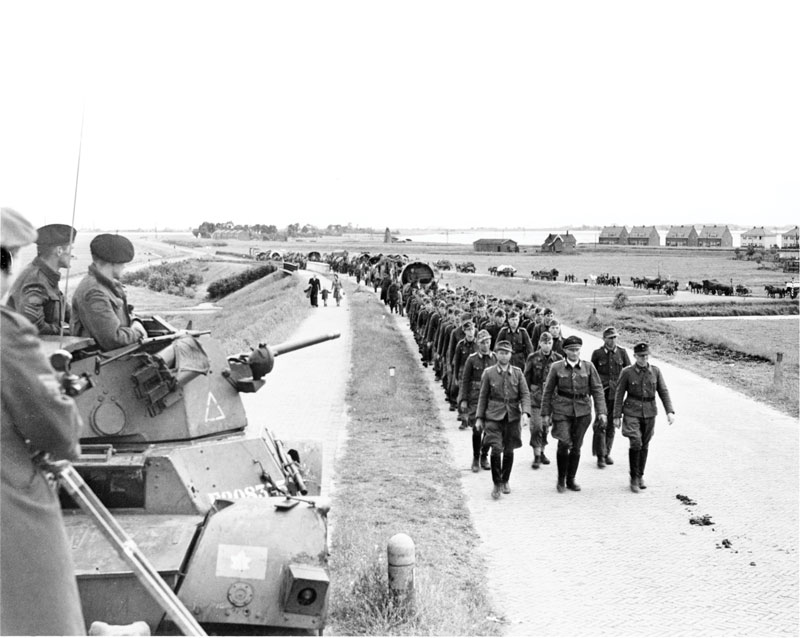
The trade in tobacco, like all black market dealing, was against First Canadian Army orders. But it was so widespread it was unstoppable.
Other Canadian military supplies soon ended up in Dutch hands, too. Canadians, enlisted men and officers alike, traded purloined vehicles, whisky, typewriters, boots, soaps and myriad other rare goods to the Dutch. Valuable paintings—some apparently stolen—were acquired by some officers. Queen Wilhelmina complained about the art thefts to the Canadian government. Spurred on by Ottawa, General Guy Simonds, commanding the Canadians after Crerar returned home, court-martialled the most flagrant offenders. Unfortunately, Simonds’ own chief of staff was also tried for his dealings in black market diamonds, but “Diamond Jim,” as he became known, was acquitted.
“After what we had been through,” one woman recalled, “the Canadians looked delicious.”
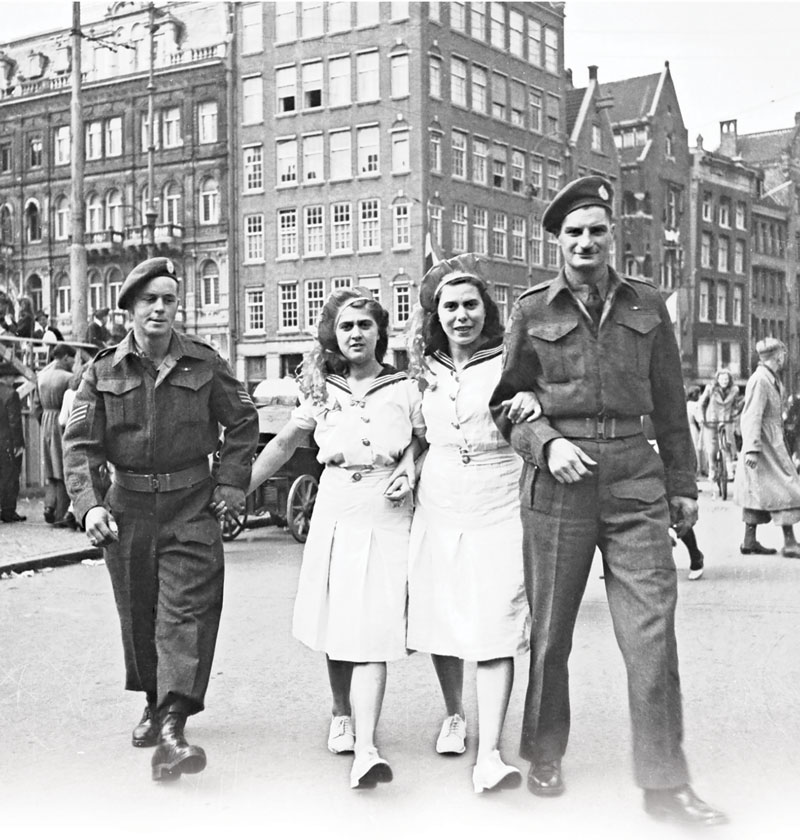
Another irksome issue for the Calvinist Dutch was that local women were attracted to the Canadians. Unlike the hundreds of thousands of Dutch men who were just returning from labour drafts in wartime Germany or civilians recovering from starvation, the soldiers were fit. Love—and sex—inevitably found a way.
“Let’s face it,” one woman recalled, “after what we had been through the Canadians looked delicious.”
A Dutch historian phrased it in harsher terms: “Dutch men were beaten militarily in 1940; sexually in 1945.”
As many as 7,000 children were born out of wedlock in 1946, and pastors and newspapers railed at the women who had lost their honour and the Canadians who had allegedly got them pregnant.
In the city of Tilburg, for example, illegitimacy rates were 10 times higher in 1945 than five years earlier. Dutch comedian Wim Kan later joked of the time the Canadians “threw out the Germans and supplied Dutch men with cigarettes, Dutch women with chocolate and Dutch children with little brothers and sisters.”
Unsurprisingly, the spread of venereal diseases also increased. In August 1945, Canadian medical officers tracked 252 cases of sexually transmitted diseases in Groningen. Prominent locals in that city formed a moral reconstruction group to urge women to be careful: “Girls, we understand that you want a bit of fun…but…remember that love may never be degraded to the game of a few hours.”
Sometimes the Dutch anger boiled over. There were inevitably brawls between soldiers and civilians—though not always over women. One huge fight involved an estimated 400 men in Utrecht in the late summer of 1945. Several soldiers faced courts martial as a result, though it’s unclear if any Dutch were tried in civilian court.
There were also threats that women consorting with Canadians might have their heads shaved, as had been done to those who slept with Germans. The sexual desires of the troops were beginning to be seen as a threat to public morality and health.
An August 1945 editorial in the newspaper Vrij Nederland wrote: “We will do anything for the Canadians. But our girls must stay away from them. We can’t take the risks. And we will praise God when the Canadians have gone back to Canada.”
The soldiers, of course, also wanted to go home. They were fed up with waiting.
The Canadians weren’t the brutes the Germans had been, but they weren’t perfect either.
By the end of 1945, the Dutch wanted their nation back. A newspaper in Nijmegen put it bluntly: “We are grateful to them, but let them go home. We won’t forget these nice smiling boys, and they will always have our good wishes and our gratitude.”
The Canadian occupation had gone on too long. Resentment had grown at the sometimes wild behaviour of officers and men. A captain in the North Shore (New Brunswick) Regiment wrote home of an all-night party that ended with a drunken ride in a scout car: “The locals think we’re crazy.” Indeed, they sometimes did. But the Dutch were also upset by a number of other things: the perceived lavishness of the army’s officers’ clubs; the abundance of food and drink available to the Canadians but not to the Dutch; and the parking lots full of seemingly unused vehicles when cars for civilians were virtually unavailable.
In late 1945, Queen Wilhelmina told Simonds he should take his Canadians home. “Including the dead, Your Majesty?” was Simonds’ apocryphal reply.
By the end of March 1946, about 1,000 Canadians remained on Dutch soil. Simonds’ headquarters ceased operations on May 31, 1946, and the Canadian occupation came to an end. While hardships continued in Holland for some years, only good memories of the Canadians remained over time.
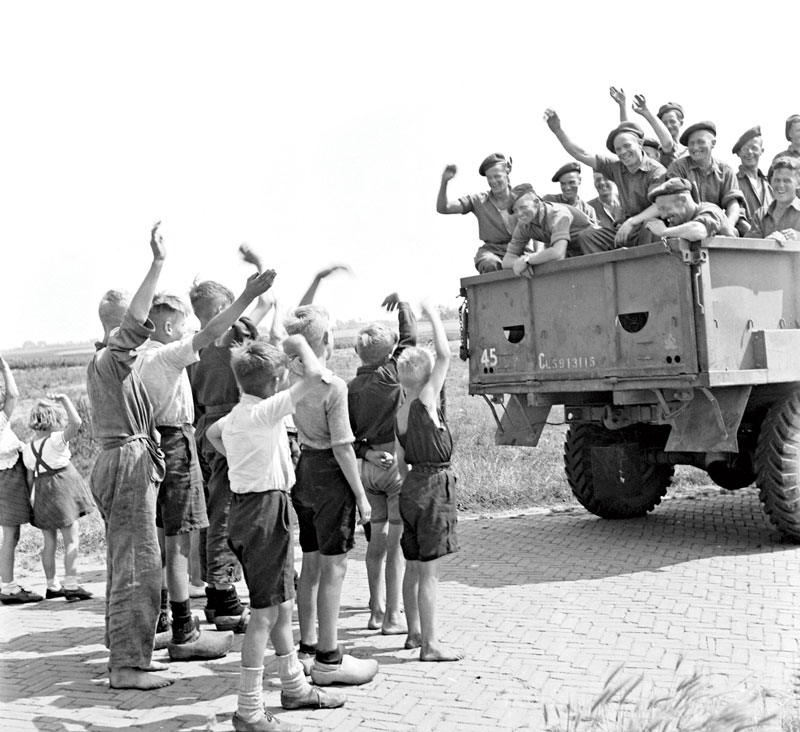
Advertisement












